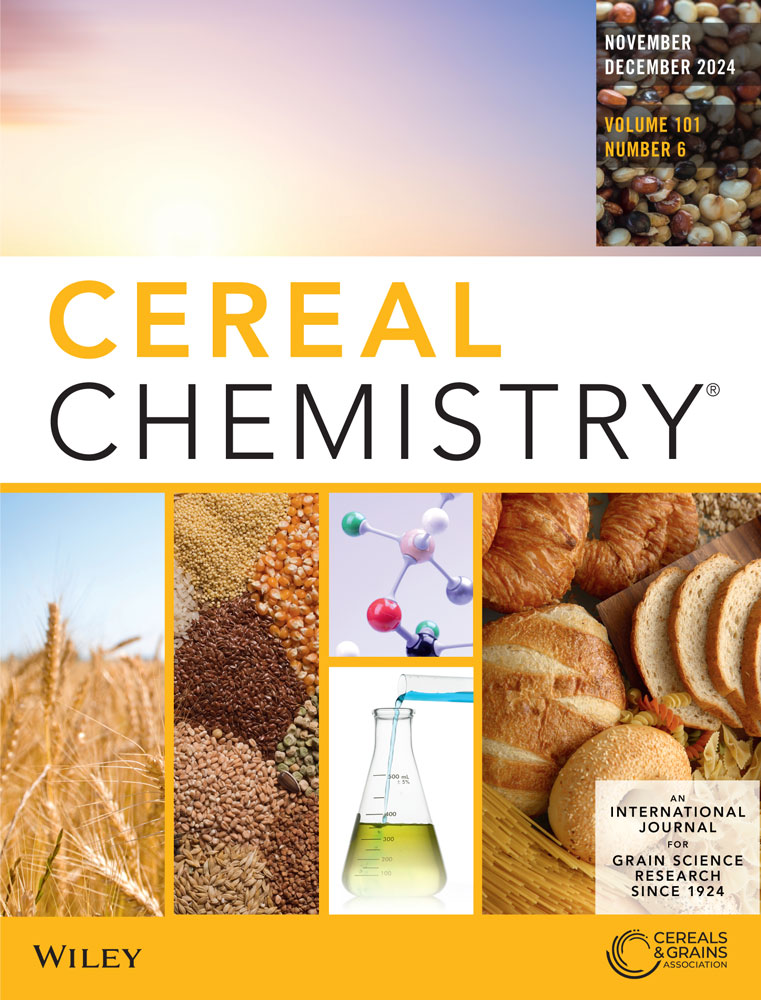Influence of an Industrial Germination and Drying Process on the Physicochemical and Enzymatic Characteristics of Malting Barley
Abstract
Background and Objectives
The malting process aims to induce physical, chemical, structural, and morphological changes in barley grains. This involves three stages: steeping, germination, and drying. The conditions during germination and drying, including temperature and time, affect hydrolytic enzyme activity, storage protein and starch composition, and ultimately, malt quality. This study assessed how various parameters during germination and drying in an industrial setting impact malted barley characteristics in an industrial environment on the characteristics of malted barley grains.
Findings
Results showed variations in grain homogenization, temperature, and moisture conditions. Germination and drying times, along with sampling points, influenced malted barley characteristics. A 48-h germination period exhibited the highest enzymatic activity, leading to observed changes in chemical composition and paste properties.
Conclusion
Thus, the results of this study demonstrated that there are differences between germination batches, related to physicochemical, amylase, and paste properties, which result from the specificities of the cultivars that composed each batch.
Significance and Novelty
This study evaluates key parameters in barley malt production, advancing processing and control techniques for precise, consistent malting. It involves developing automated systems to monitor temperature, humidity, and time during germination and drying, ensuring high-quality final products.

 求助内容:
求助内容: 应助结果提醒方式:
应助结果提醒方式:


